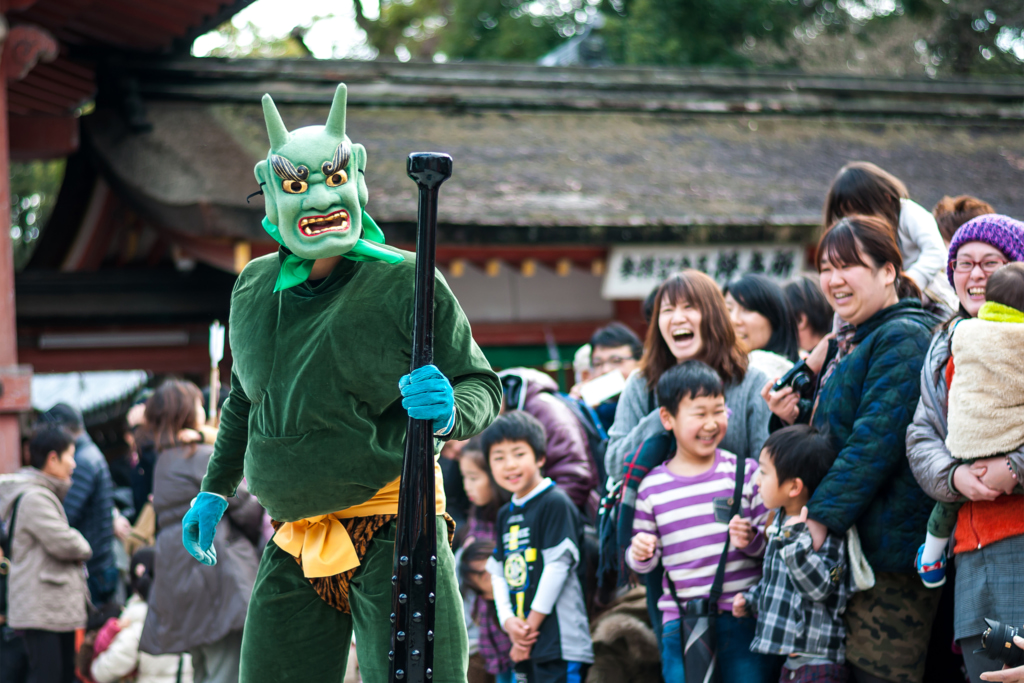To coincide with all the bean throwing that’s taking place up and down the country today, we thought we’d take a look at some quirky Japanese festivals and traditions for our latest List of 7. From thousands of nearly naked men competing for sticks to giant phallic portable shrines, it’s fair to say that there are quite a few unusual customs in Japan. We begin by taking a closer look at today’s celebrations.
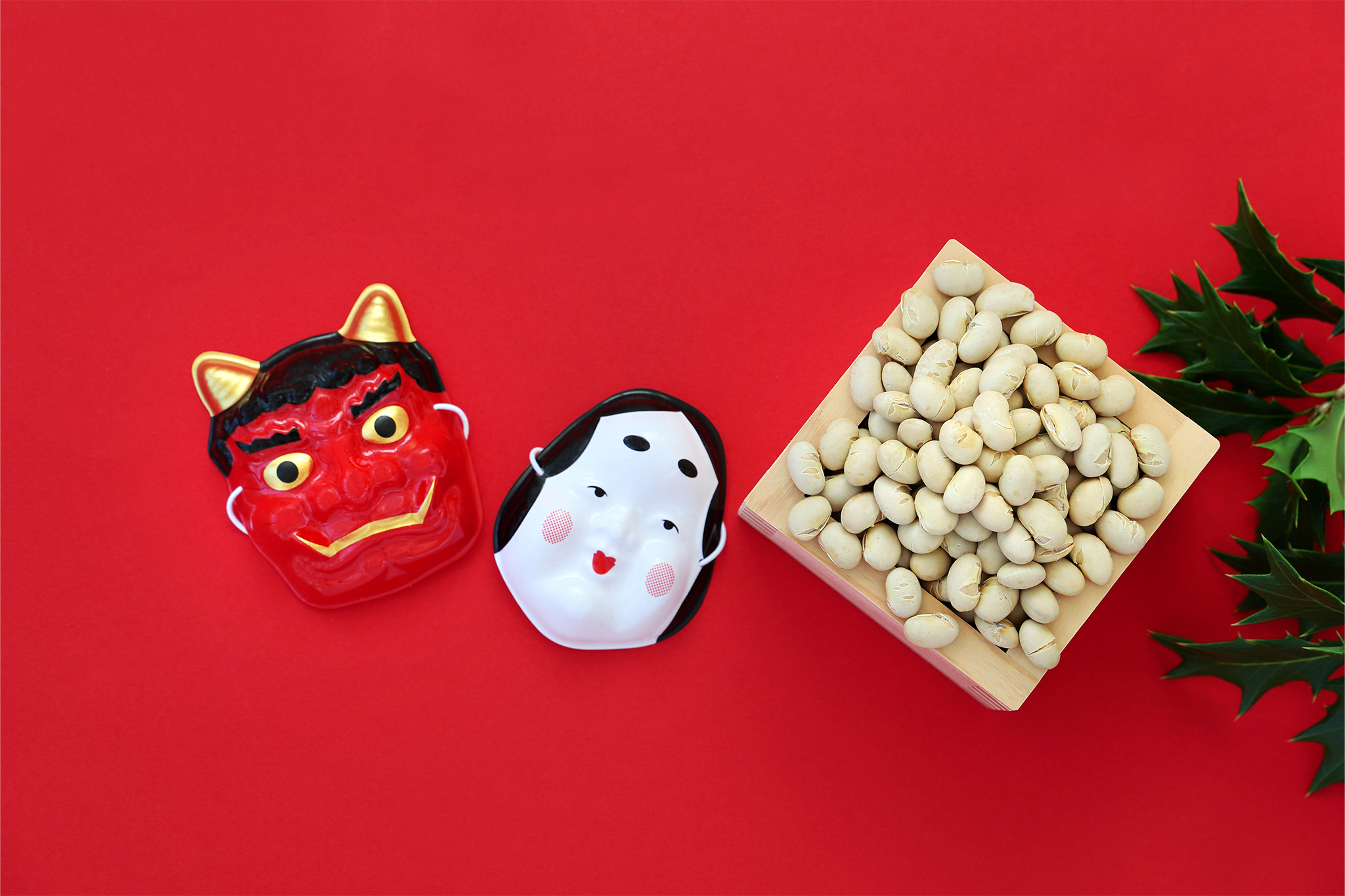
1.
Setsubun
Today’s the day in Japan when people drive away evil spirits by throwing soybeans. This can be a big event at a shrine or temple, though many do it at home or at an office with the lucky beans often aimed at someone wearing an oni (demon) mask. It’s then customary to eat the number of beans that corresponds to your age, plus one more for luck.
Mamemaki (bean scattering) began during the Muromachi Period (1336-1573), though Setsubun, meaning seasonal division, originated in China. It refers to the close of winter and the beginning of spring according to the lunar calendar. While various rituals are held to drive away the previous year’s evil spirits, today Setsubun is most closely associated with mamemaki. Another custom is eating ehomaki (fortune sushi roll) whilst facing the year’s lucky compass direction.
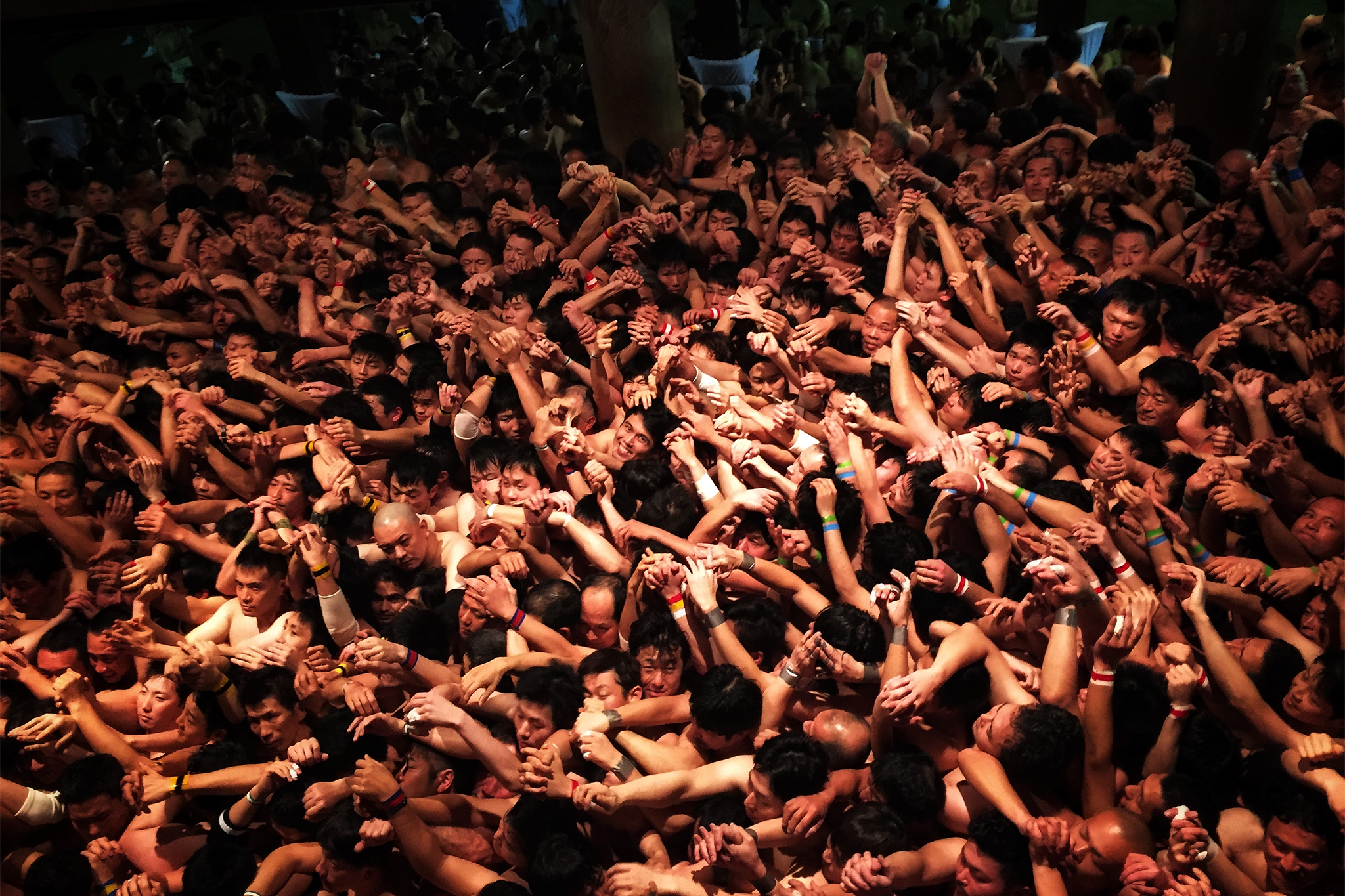
2.
The Naked Man Festival
An Intangible Folk Cultural Asset, the Saidaiji Eyo Hadaka Matsuri, known colloquially as the “Naked Man Festival,” has a history dating back more than 500 years. As participants don mawashi (white loincloths worn by sumo wrestlers), a more appropriate name would be the Semi-Naked Man Festival. Taking place annually on the third Saturday of February in Okayama City, the participants scramble for two wooden sticks called shingi, thought to bring good luck.
Prior to the contest, which attracts thousands of competitors, the semi-naked men purify themselves in cold water at Yoshii River. They then prepare for battle by running around shouting “washoi,” as more water is poured over them. At 10pm, the two shingi are thrown into the crowd. The pair that catch them are each dubbed fuku-otoko (lucky man) for the year. There are also several other “naked” festivals throughout Japan.
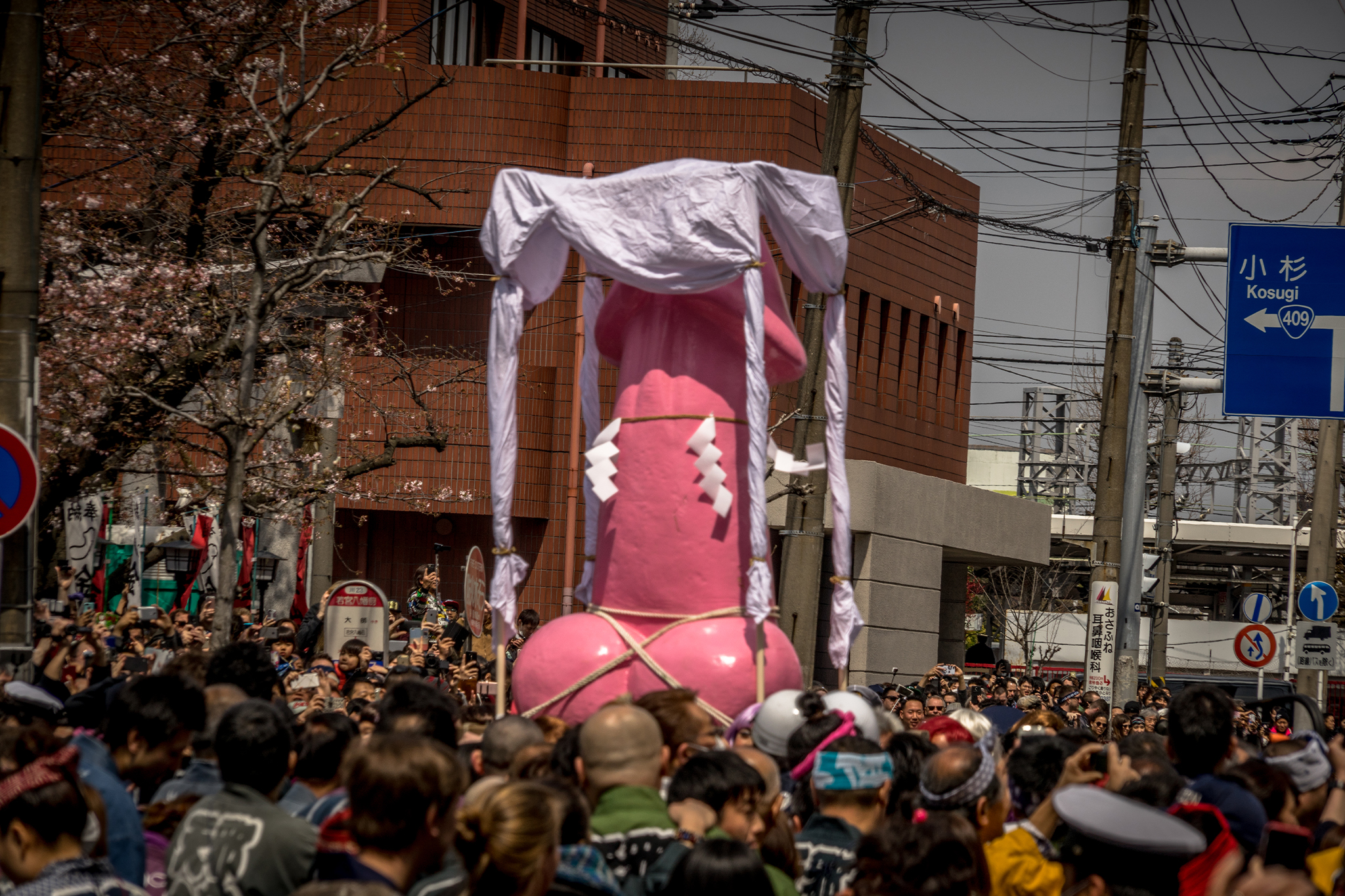
3.
The Penis Festival
When it comes to quirky Japanese festivals, this is the one that stands out. Founded in 1969, the Shinto Kanamara Matsuri, known internationally as the Penis Festival, is held annually at Kawasaki’s Kanayama Shrine on the first Sunday of April. Featuring various penis-shaped goods and three phallic portable shrines, including a pink penis effigy named “Elizabeth” donated by a drag queen club, it’s an event that raises money for HIV research.
The shrine where it’s held honors Kanayama-hiko and Kanayama-hime. According to legend, they healed the Shinto goddess Izanami’s injuries after she gave birth to a fire god. It subsequently became a focal point for couples praying for fertility and for sex workers seeking protection from STDs. There’s also a folktale about an iron phallus breaking a demon’s teeth after it inhabited a woman’s vagina and bit off two men’s penises.
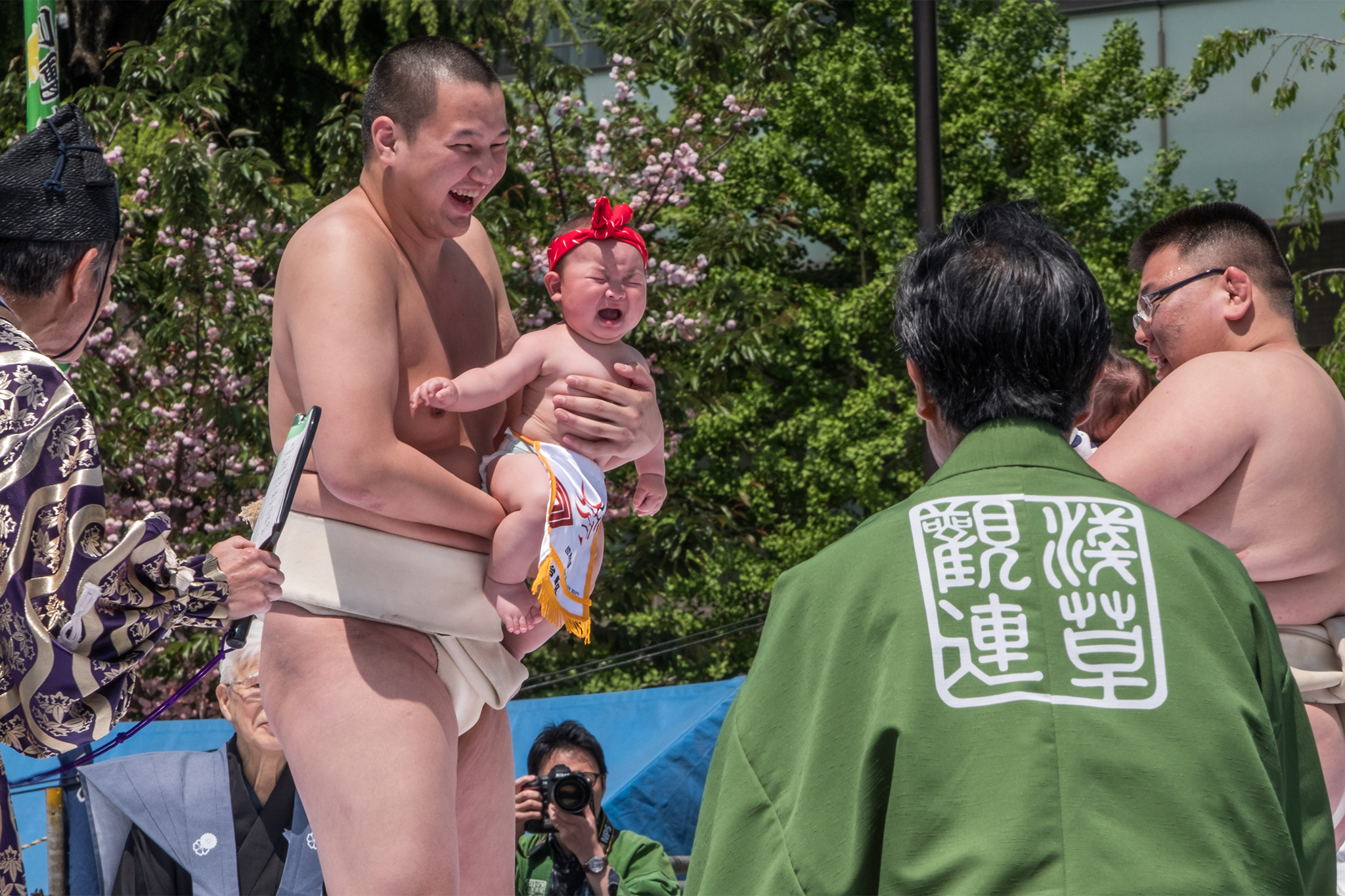
4.
The Naki Sumo Crying Baby Festival
If a penis festival isn’t unusual enough for you, then how about the sight of sumo wrestlers attempting to get babies to cry? That’s the basic premise of the Naki Sumo Crying Baby Festival, which dates back over 400 years. In a series of short matches, babies are held by a wrestler. The first one to cry wins. If they howl at the same time, the loudest or longest crier triumphs.
Attempting to induce tears, wrestlers pull funny faces and make loud noises. If this doesn’t work, judges frighten them with scary masks. It was believed that the loud cry of a baby could repel demons. There’s also the Japanese proverb, “naku ko wa sodatsu” (loosely translated as “crying babies grow fast”). The festival is usually held on May 5 to coincide with Children’s Day at shrines and temples across Japan. The most famous is held at Sensoji in Asakusa, Tokyo.
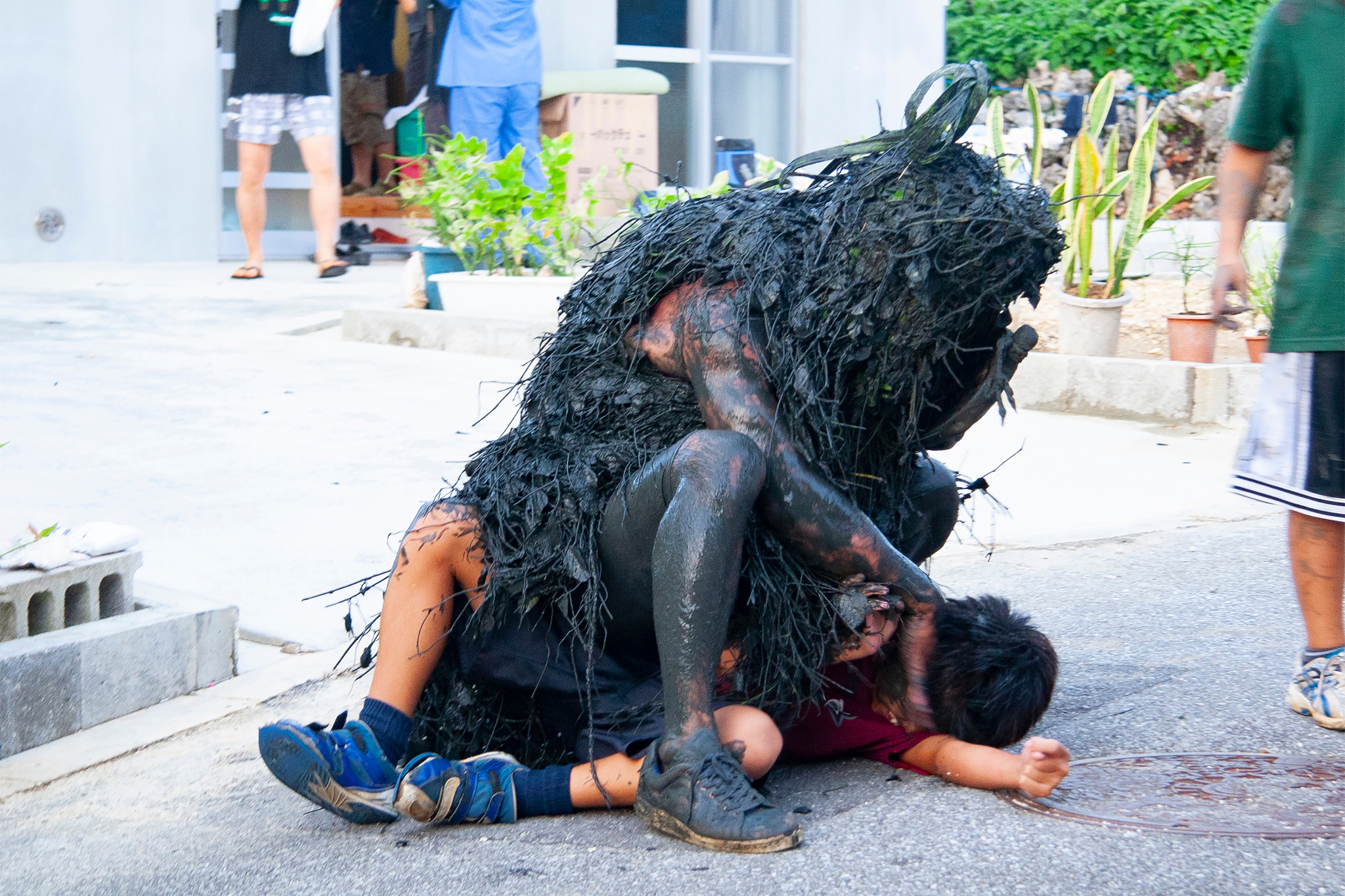
5.
The Paantu Festival
Another event that involves lots of crying is the Paantu Festival, held annually on Okinawa’s Miyako Island during the ninth month of the lunisolar calendar (though the actual date of the event isn’t announced until a few days before). It’s named after muddy supernatural creatures that are much more frightening for children than sumo wrestlers. According to Japanese folklore, these deities chased out evil and brought good luck to residents.
During the festival, villagers, usually in threes, take on the roles of Paantu. This means they’re covered in mud and foliage while also sporting intimidating wooden masks. Their aim is to muddy everything they see. That includes houses, cars, passersby and often terrified kids. In the past, there have been complaints from tourists and on one occasion a Paantu was attacked. For most, though, it’s just good, (un)clean fun.
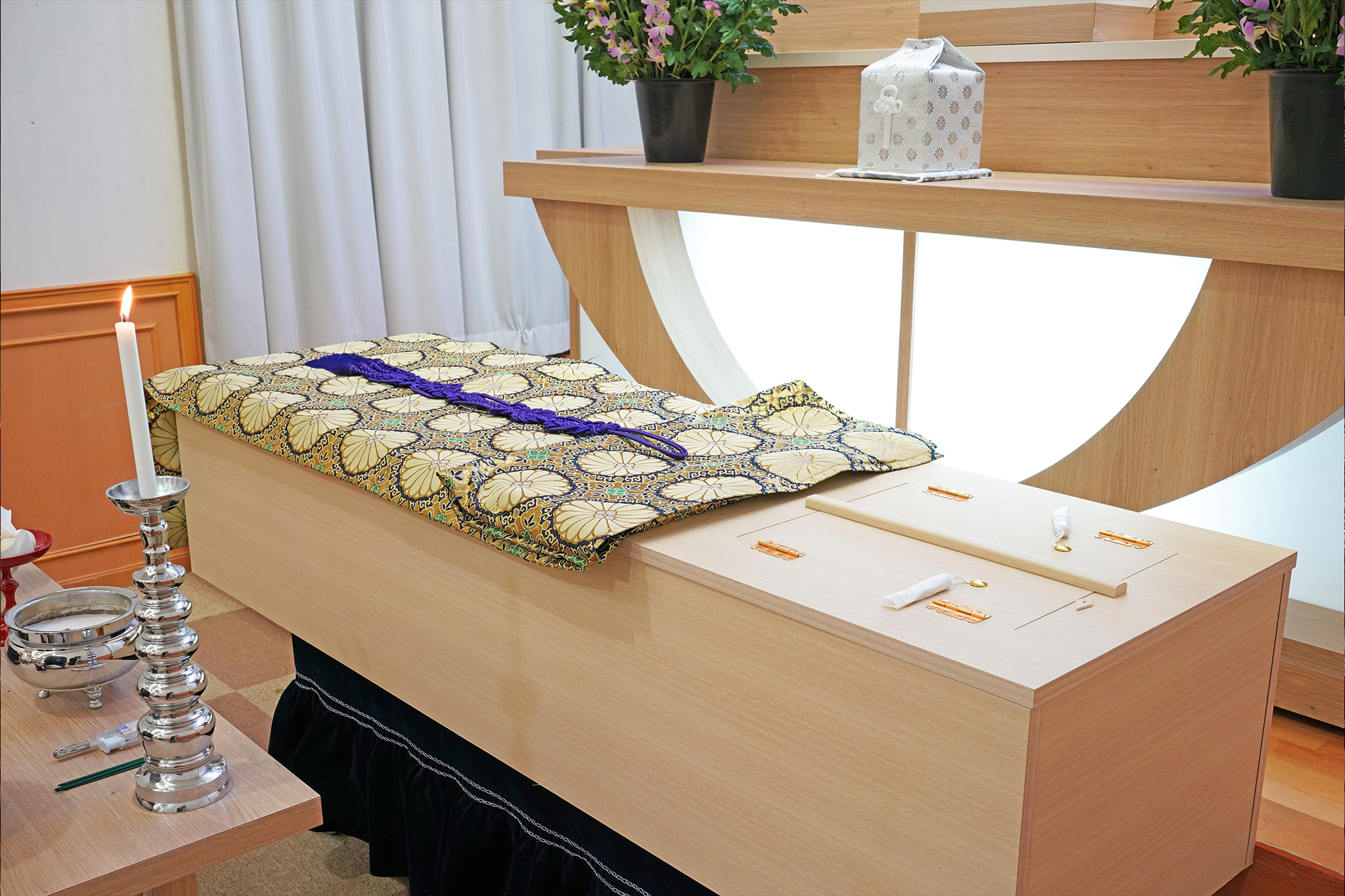
6.
The Try Before You Die Festival
With deaths in Japan far outpacing births, it should come as no surprise to hear that funeral-related businesses are looking to cash in. The Shukatsu Festa, usually held in fall at various locations throughout Japan, provides these companies with an opportunity to promote their services. The word “shukatsu” is most commonly associated with job-hunting activities (short for shushoku katsudo), however, it also means preparing for one’s departure from this life.
For participants, it’s a chance to experience what their own funeral might be like. This includes slipping into burial attire before laying down in a coffin. After some time for pictures, attendants will then softly close the lid. Don’t worry, they soon lift it back up. There are also consultation sessions regarding psychological preparation, what to do with personal belongings and what to write in a final note.

7.
Kentucky Christmas
It’s well known that huge numbers of Japanese love to devour chicken over Christmas. Festive season business is said to account for an incredible 10 percent of KFC Japan’s annual sales with millions enjoying the Kentucky Christmas dinner packages. In a country with an abundance of gastronomic delights, it’s a surprising tradition. So, where did the idea for the campaign, which began in 1974, come from? There are conflicting origin stories.

